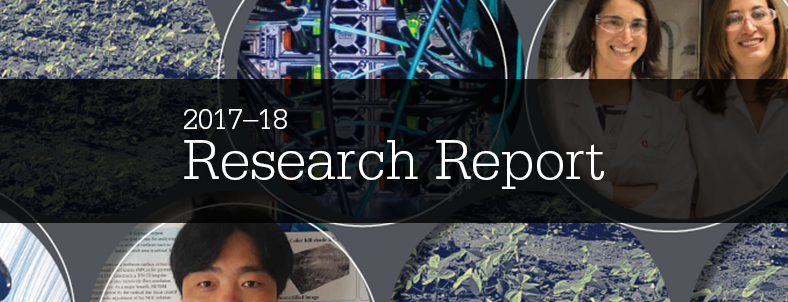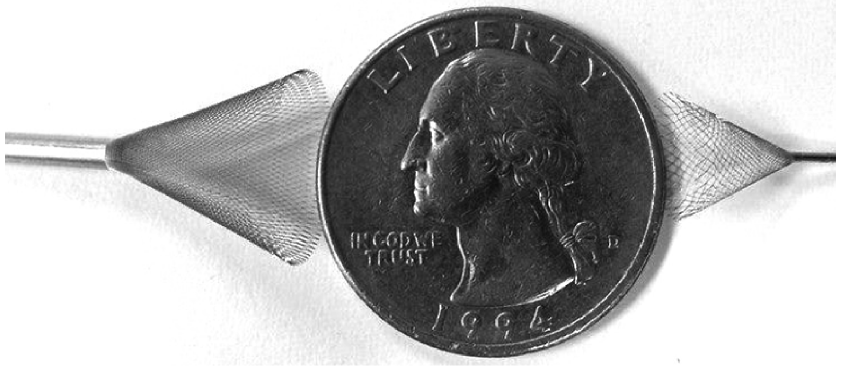Pulmonary embolisms (PE) are a silent killer responsible for hundreds of thousands of deaths each year. Caused by a blockage, often a blood clot, in the pulmonary artery, PE often results from deep vein thrombosis (DVT), blood clots typically found in the deep veins of the lower legs. Typical treatment for PE and DVT is less than ideal – anticoagulant medications carry the risk of internal bleeding. Open-heart surgery is extensive and requires a long recovery. A seemingly easy option would be simply removing the clot, but current catheter devices lack the ideal flexibility and the process can cause smaller blood clots to form. Mohammad Elahinia, Ph.D., professor of mechanical engineering at the University of Toledo, is developing a device that could disrupt the current treatment plan for PE and DVT patients and testing it with computational help from the Ohio Supercomputer Center.
“Current mechanical thrombectomy methods are not effective,” said Reza Mehrabi, Ph.D, a partner of Elahinia’s on the sudy. “There is a significant need for a thrombectomy device that is safe, fast, easy to deliver and less expensive.”
Elahinia and his team are developing QuickFlow, a revolutionary catheter-directed device for PE and DVT that removes blockages in a variety of anatomical locations. Elahinia is in mechanical engineering – which means the team is working with metals. Nitinol is a superelastic nickel and titanium alloy that can be difficult to work with due to its thermomechanical properties. The is developing the device using selective laser melting, a technology that uses a laser or electron beam to melt metal powder, creating many micrometer-sized layers. To test the operation of the device and its materials under different types of stress, the team is using ABAQUS and ANSYS software through OSC.
“Numerical simulations will be used to predict behavior of fabricated QuickFlow PE catheters in vivo testing,” Elahinia said.
The team will need to solve their current model many times with different boundary conditions.
At the end of the project the team will design and produce the next generation prototype of QuickFlow and proceed with safety tests and simulated blood clot removal.
“This device shifts the paradigm of care for patients by providing a safe, fast, and simple catheter-directed treatment,” Mehrabi said. “The current project has an important impact in the human health system and with the support of Ohio State Supercomputer Center will be more effective,” Mehrabi said.
Project Lead: Mohammad Elahinia, Ph.D., University of Toledo
Research Title: Addressing pulmonary embolism with Quickflow PE
Funding Source: University of Toledo
Website: elahinia.net

